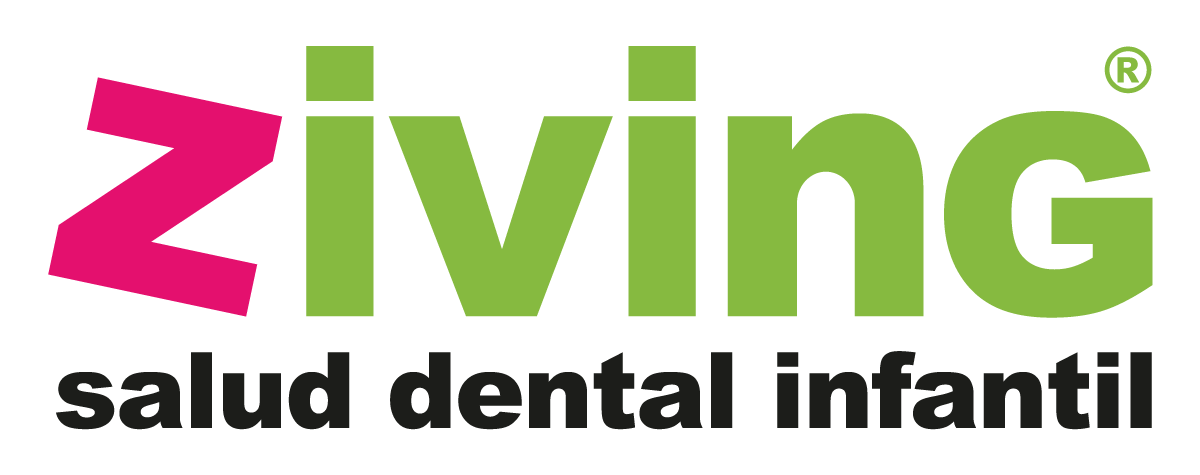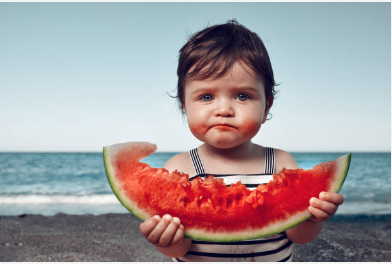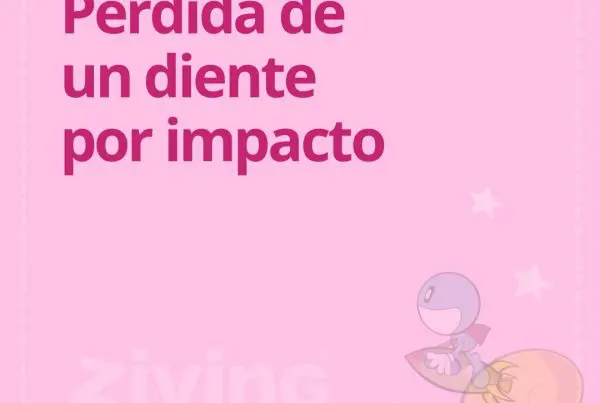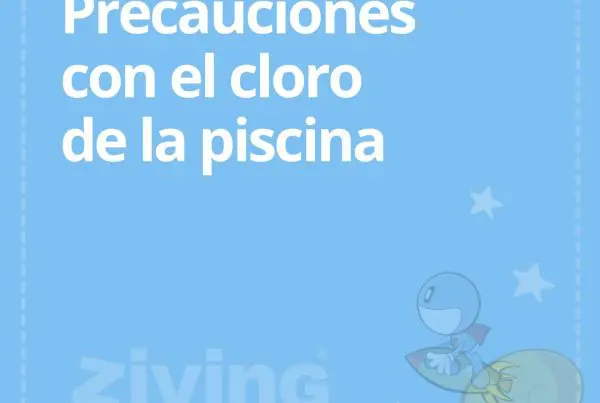It is more or less easy to know or sense if your baby is teething. There will be a series of changes in their behaviour that will alert you to the fact that they are appearing. In this article we tell you how to find out.
Not all babies' baby teeth come in at the same time and in the same order, but the vast majority do. If it takes a little longer or a little less time or if the order is different, don't worry. It is usual for two to come in first in the lower jaw and for both palettes to come in first.
The eruption of these teeth is accompanied by a number of symptoms that will recur when others appear. These are as follows:
- Excessive salivationYou'll see how the neck of her bodysuit or jumper gets soaked and her face gets soaked.
- Redness on the chin and cheeksThe increased humidity caused by the eruption of the tooth tends to irritate the surrounding areas of the face.
- Reddening of her bottomThe appearance of the teeth is accompanied by the generation of substances that make both the buttocks and the genital area redder.
- It will tend to putting more objects in the mouthYou will need to bite to relieve pain and to explore and understand what is happening to you.
- You can finding it more difficult to fall asleep and will wake up angrier: some babies suffer a lot when their first teeth come in.
These are the symptoms of the appearance of the first milk teeth in babies
All this usually happens from the age of six months, but some babies take up to seven months and others start much earlier, even as early as four months. When these symptoms start to show, your best weapons will be patienceThe cold and a cream so that the irritation does not increase the pain. In our orthodontics, health and aesthetic dentistry clinic in Valencia we are specialists in children of all ages. We are at your side.







 Te ayudo a planificar tus casos de ortodoncia invisible de una forma sencilla, predecible y aportando todos mis años de experiencia clínica.
Te ayudo a planificar tus casos de ortodoncia invisible de una forma sencilla, predecible y aportando todos mis años de experiencia clínica.